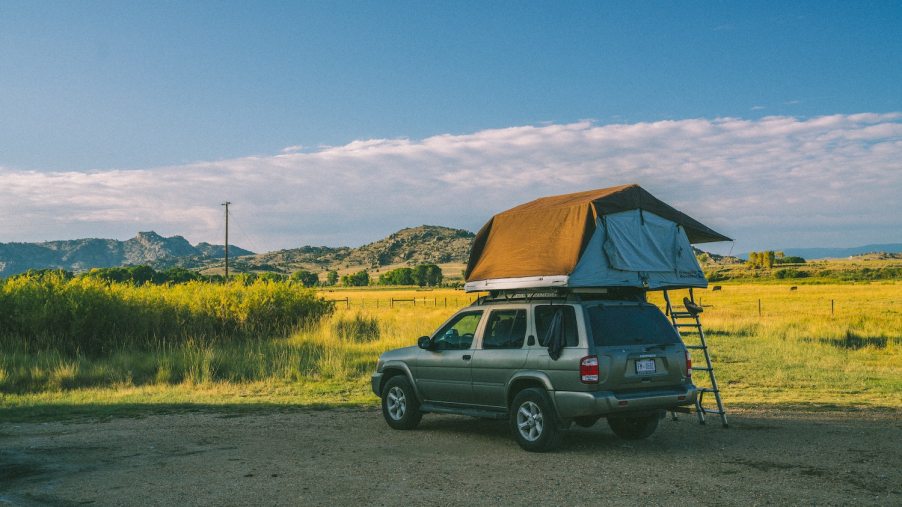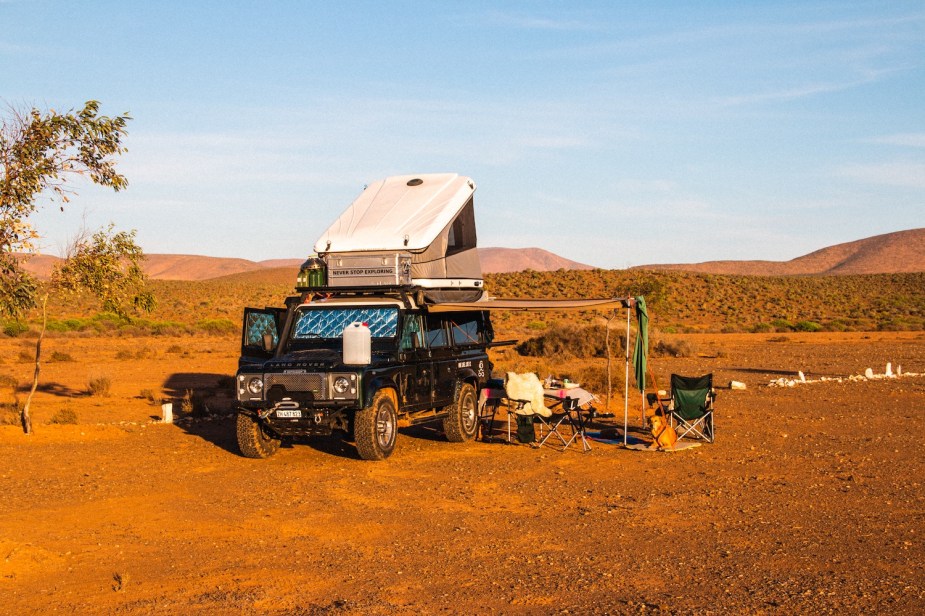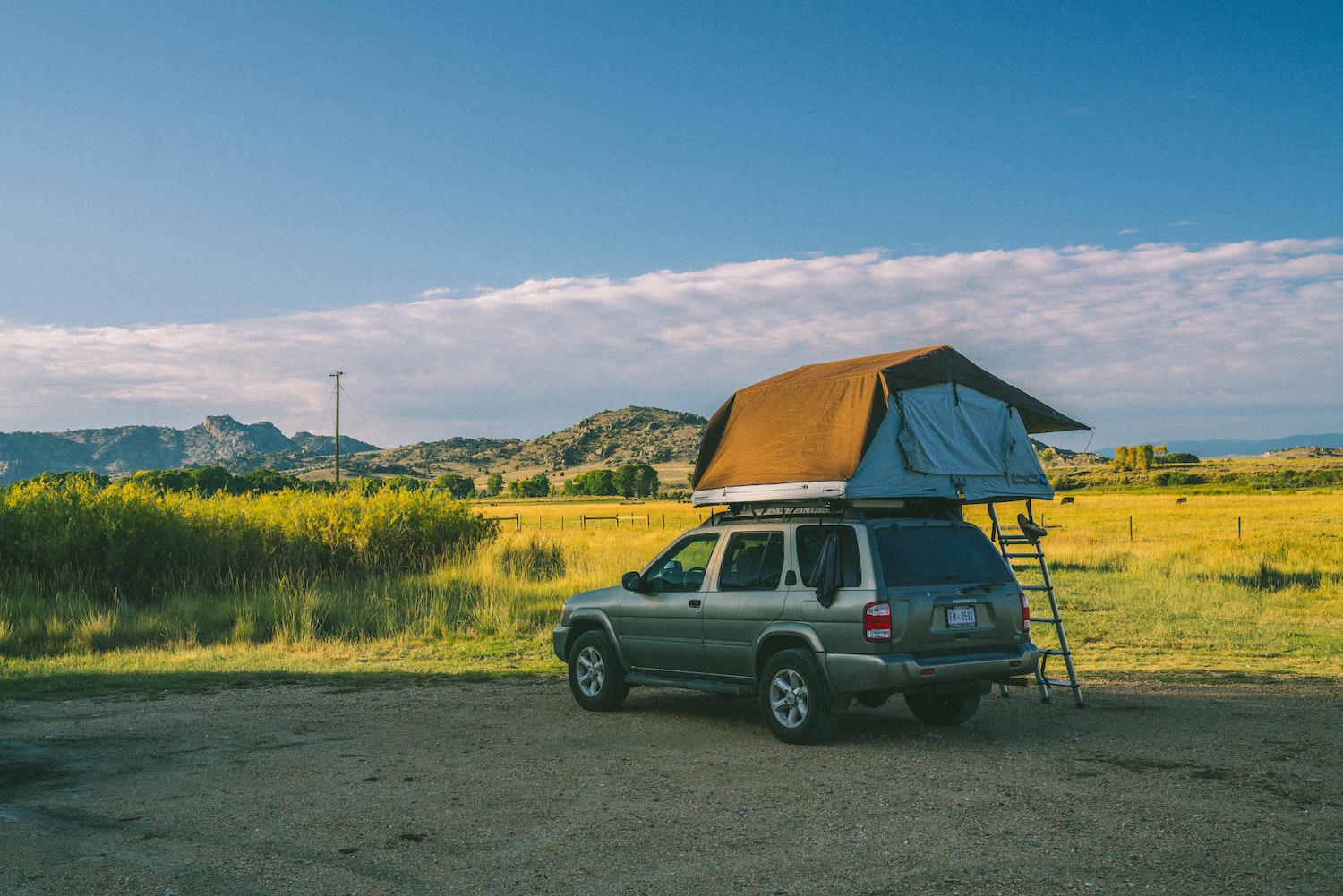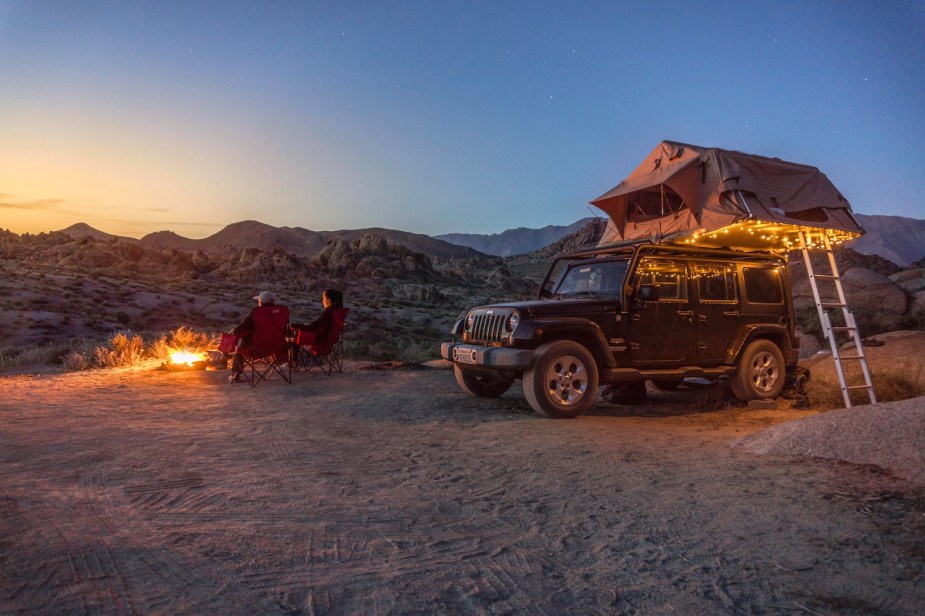
Are Rooftop Tents Overrated?
Rooftop tents are an increasingly popular 4×4 vehicle accessory. But they have some major limitations including obnoxious noise in windy conditions, limited privacy in crowded areas, and a higher cost and weight than any other camping option. So are rooftop tents overrated?
Rooftop tents suffer from wind noise

Here’s one downside you may have never considered if you have yet to sleep in a rooftop tent: wind noise. Because of their placement high off the ground, rooftop tents are directly in the path of any wind that blows across your campsite overnight. With their cloth sides, even the sturdiest rooftop tents will flex and make a fair amount of noise in high winds.
According to the 4×4 Outside website, there are several things you can do to dramatically decrease the wind noise you have to put up with while sleeping in your rooftop tent. The publication’s suggestions include parking your car with its nose or rear facing into any expected wind. You can also run lines to ground stakes to help anchor your rooftop tent and reduce its movement in the wind. Finally, it is a good idea to roll up any awnings or window flaps that you can leave stowed.
Though 4×4 Outside has several suggestions for reducing wind noise while sleeping in a rooftop tent, the enthusiast website also admits that such noise is part of sleeping in a rooftop tent. The site even recommends bringing good earplugs camping with you, if you plan to sleep in a rooftop tent.
Rooftop tents lack privacy

Imagine you pull into a crowded campsite and pop your rooftop tent. Your sleeping quarters are in all of your neighbors’ sight-line. Perhaps your tent has opaque sides. Still, everything you say inside will carry. If you turn on a flashlight, your every movement will be outlined. If you open up your windows for a little ventilation, you’ll have no privacy at all.
What’s more, every time you step out of your tent to climb, you will be elevated in the middle of the campsite until you climb down to the ground. In a ground tent, you might be able to get away with stepping out of your tent and then pulling on your pants. Rooftop tenting around other people, you’ll just have to get used to pulling on your pants while laying down.
If you drive your 4WD out into the middle of nowhere, then pop your rooftop tent, privacy will be the last of your concerns. But what about road-tripping to the middle of nowhere? There are some areas with no dispersed camping available and you’ll simply need to grab a spot at a campsite or swing into a Walmart Parking lot. In this scenario, you may wish you had a good setup to sleep in the back of your car or even a ground tent.
Rooftop tents are both heavy and expensive

If you are considering a rooftop tent, you are probably well aware of the high price of these overland accessories. (Rooftop tents range from $800-$4,000+). But have you thought about how much a rooftop tent weighs?
Even the lightest rooftop tent, once you add a roofrack to your vehicle, will come in well over 100 pounds. Many weigh much more. This weight will affect your vehicle’s performance while off-road. It will also cut into your fuel mileage while on-road. The wind resistance some rooftop tents create cut into your fuel mileage even more.
Next, read about other overland camping options or learn more of the truth about rooftop tent camping in the video below:



